NASA’s Voyager 1 spacecraft, which has been traveling through space since 1977, is currently facing a significant issue.
It has started sending back data to Earth that is nonsensical, a series of alternating 1s and 0s that scientists cannot interpret.
Voyager 1’s Extended Mission
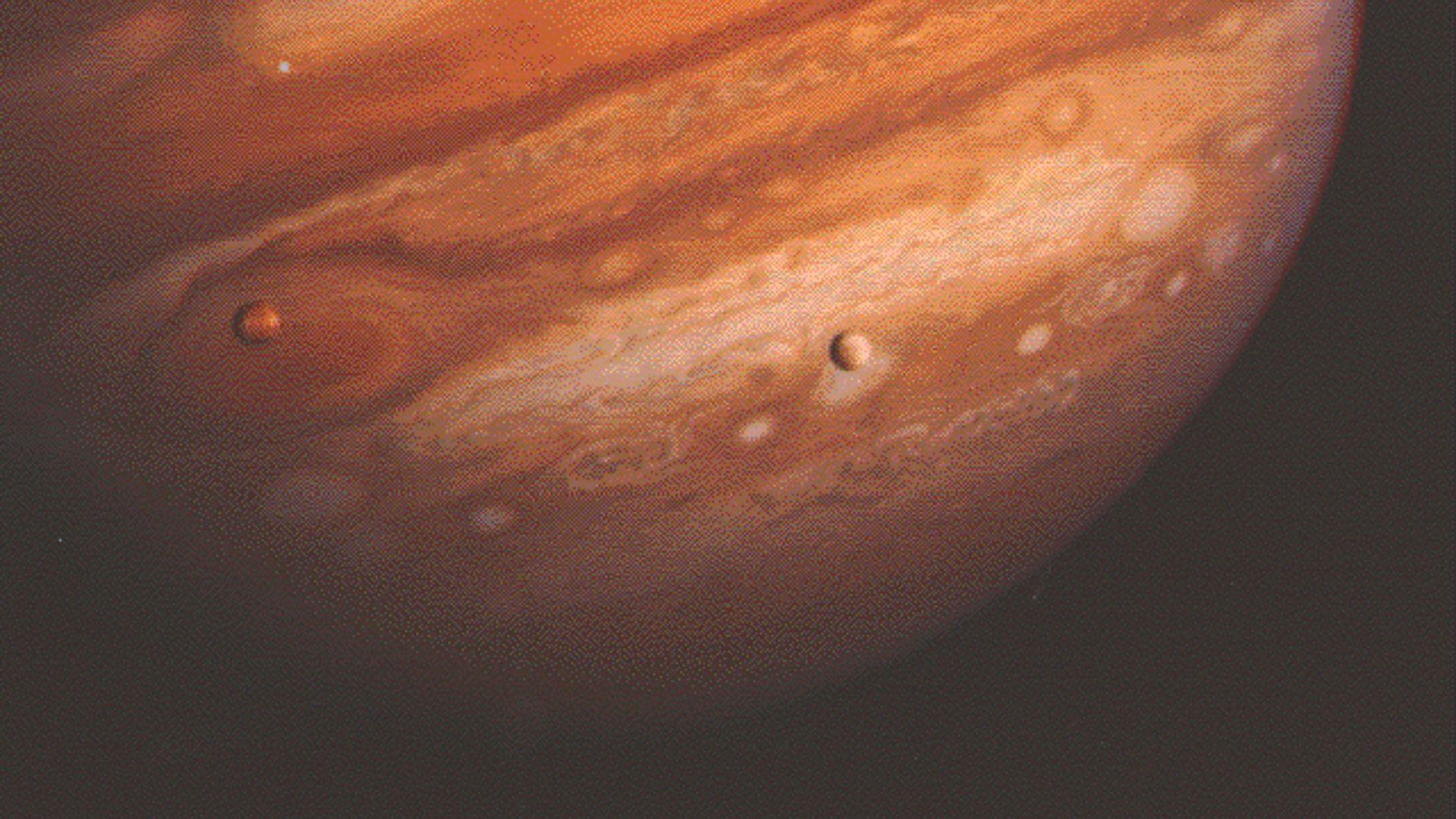
Initially launched to explore Jupiter and Saturn, Voyager 1 has far exceeded its expected mission duration and is now over 15 billion miles away from Earth.
The spacecraft’s enduring functionality is a testament to the robust engineering of its era, even as it operates in conditions far beyond what its designers anticipated. “I am the most surprised person in the world,” admitted Stamatios “Tom” Krimigis, reflecting on the spacecraft’s longevity.
Concerns From Voyager’s Team
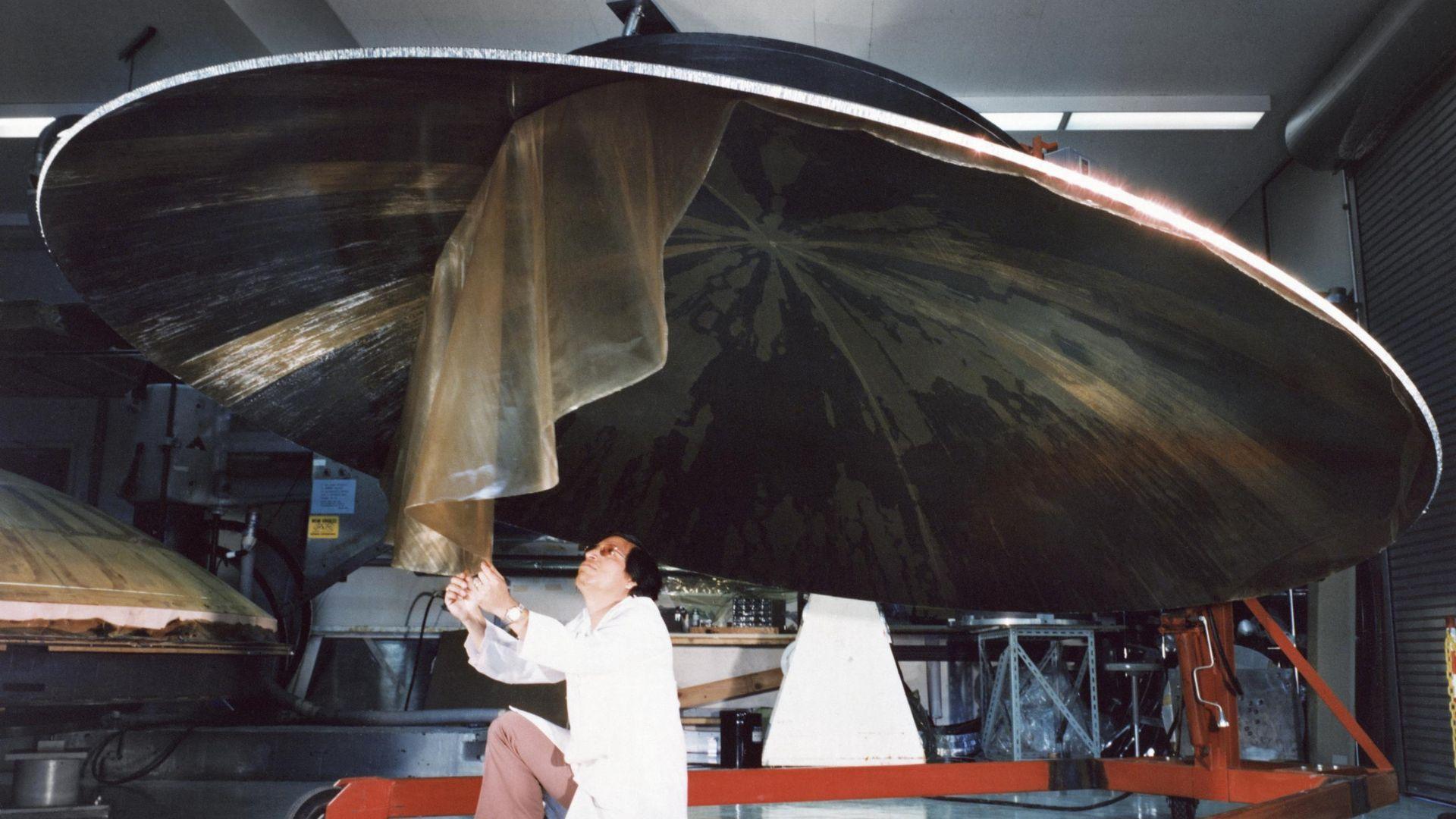
The recent anomalies in Voyager 1’s transmissions have raised concerns among NASA’s team.
Suzanne Dodd, the project manager for the Voyager interstellar mission since 2010, described the situation as a “serious issue.” The team’s efforts to reset the system and restore coherent communication have so far been unsuccessful, pointing to a potentially complex issue within the spacecraft’s aging hardware.
Comparing Technology: Then and Now
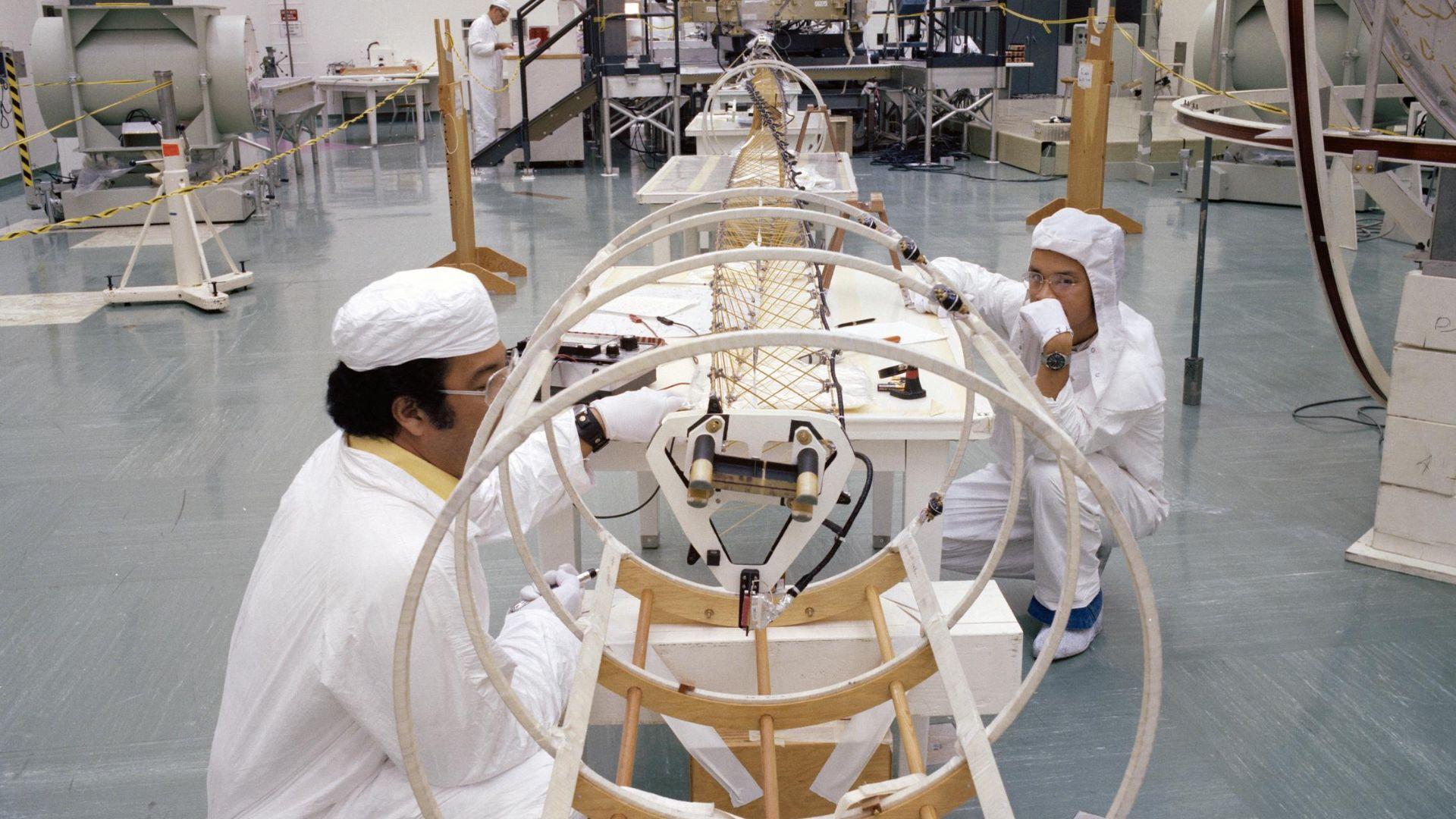
The technology aboard Voyager 1 is unsophisticated by today’s standards.
Suzanne Dodd highlighted this by comparing the spacecraft’s computing power to that of a modern car key fob, illustrating the vast advancements in technology over the past four decades. Despite this, Voyager’s achievements in space exploration have been monumental, surpassing many expectations.
The Dedication to Problem-Solving
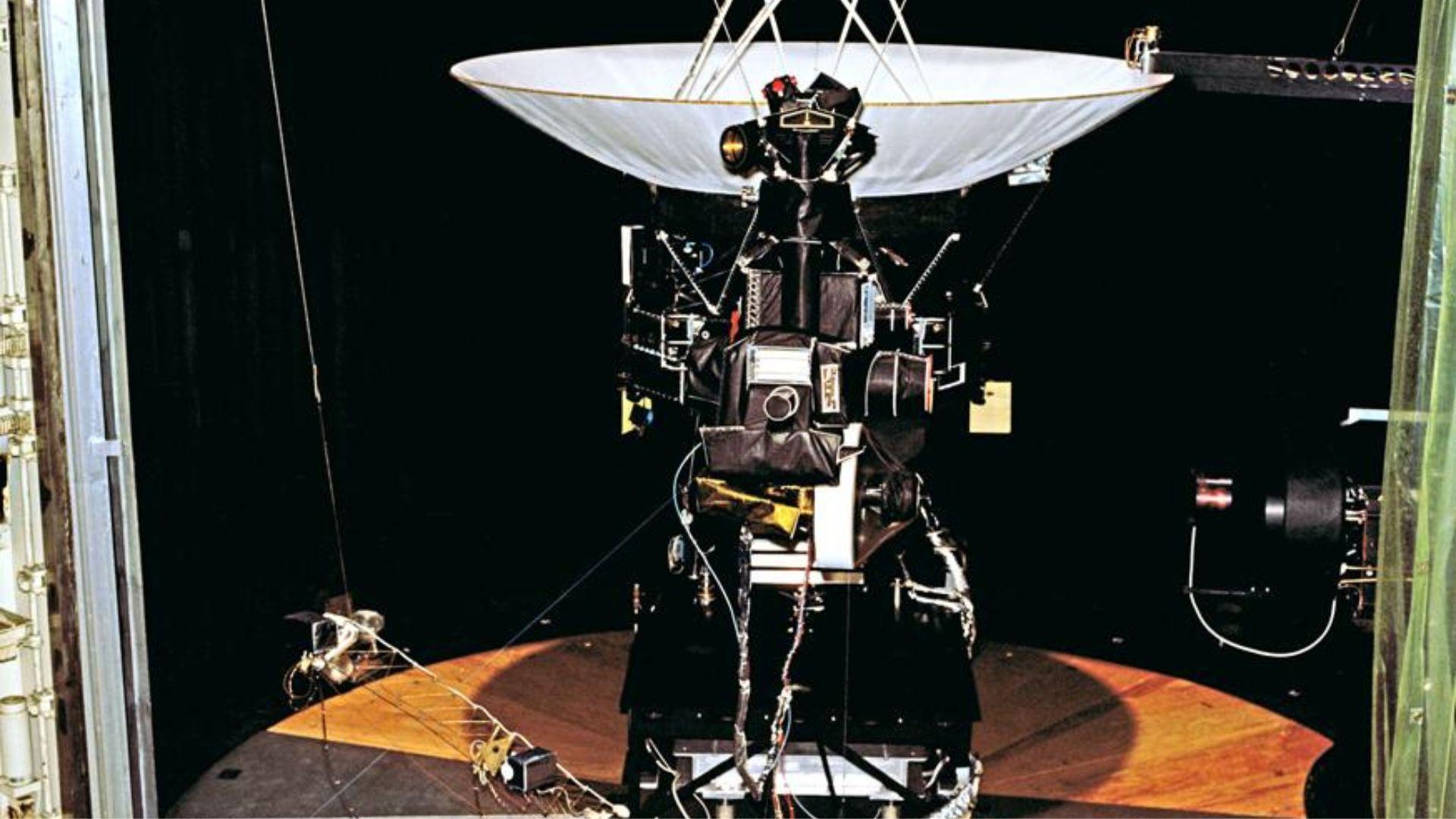
NASA’s team is deeply engaged in troubleshooting Voyager 1’s communication issues. They have delved into historical documents and old engineering notes to understand the spacecraft’s design choices and identify potential solutions.
This process is not just technical but also a historical investigation, piecing together the original engineers’ logic and decision-making.
The Risks of Remote Space Engineering
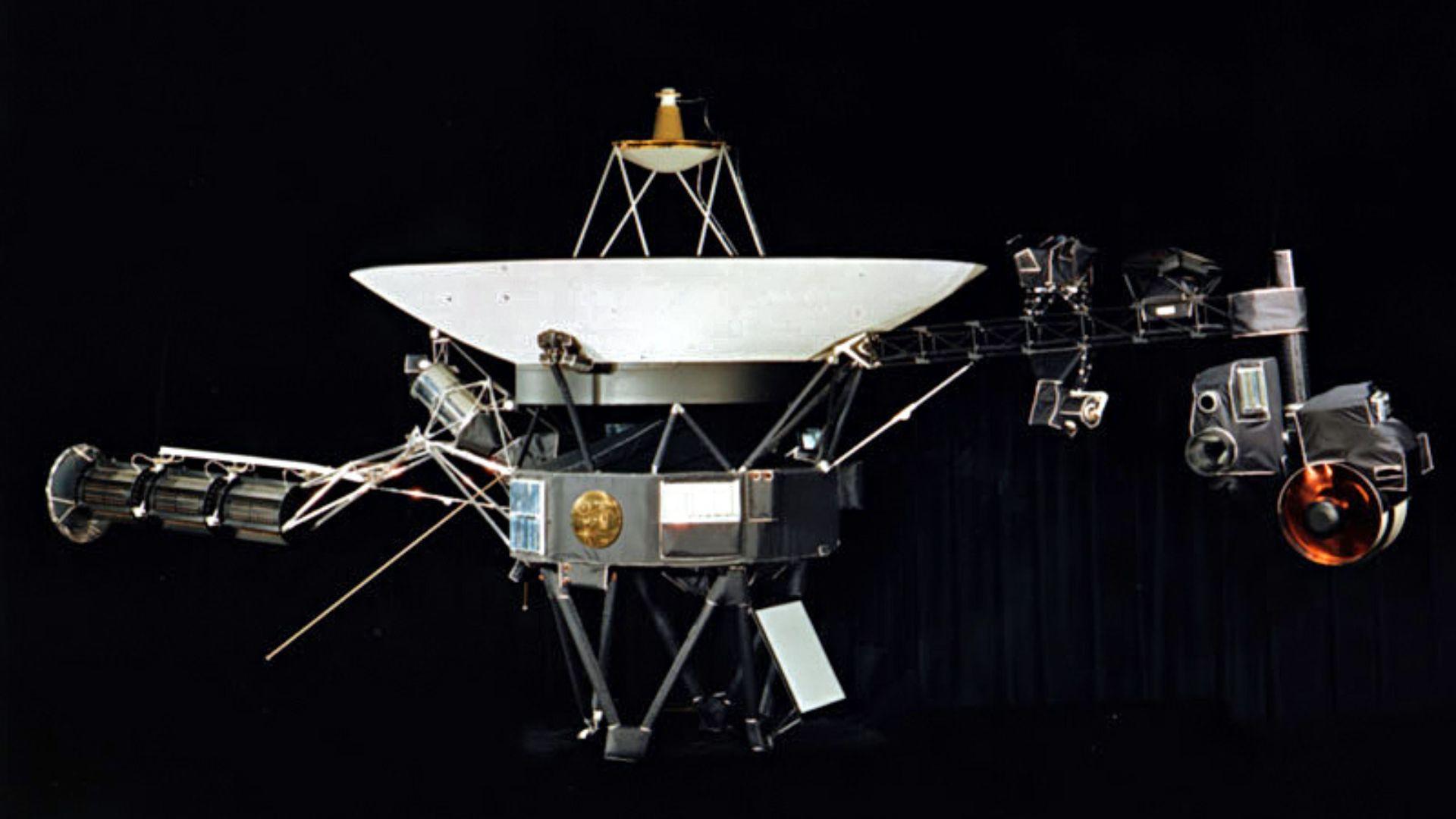
Addressing Voyager 1’s issues involves significant risks. Given the spacecraft’s distance and the limitations of its technology, every command sent takes time and could have unintended consequences.
Suzanne Dodd acknowledges the challenges ahead, noting the difficulty in predicting the outcomes of the corrective actions they plan to undertake.
A Legacy of Discovery
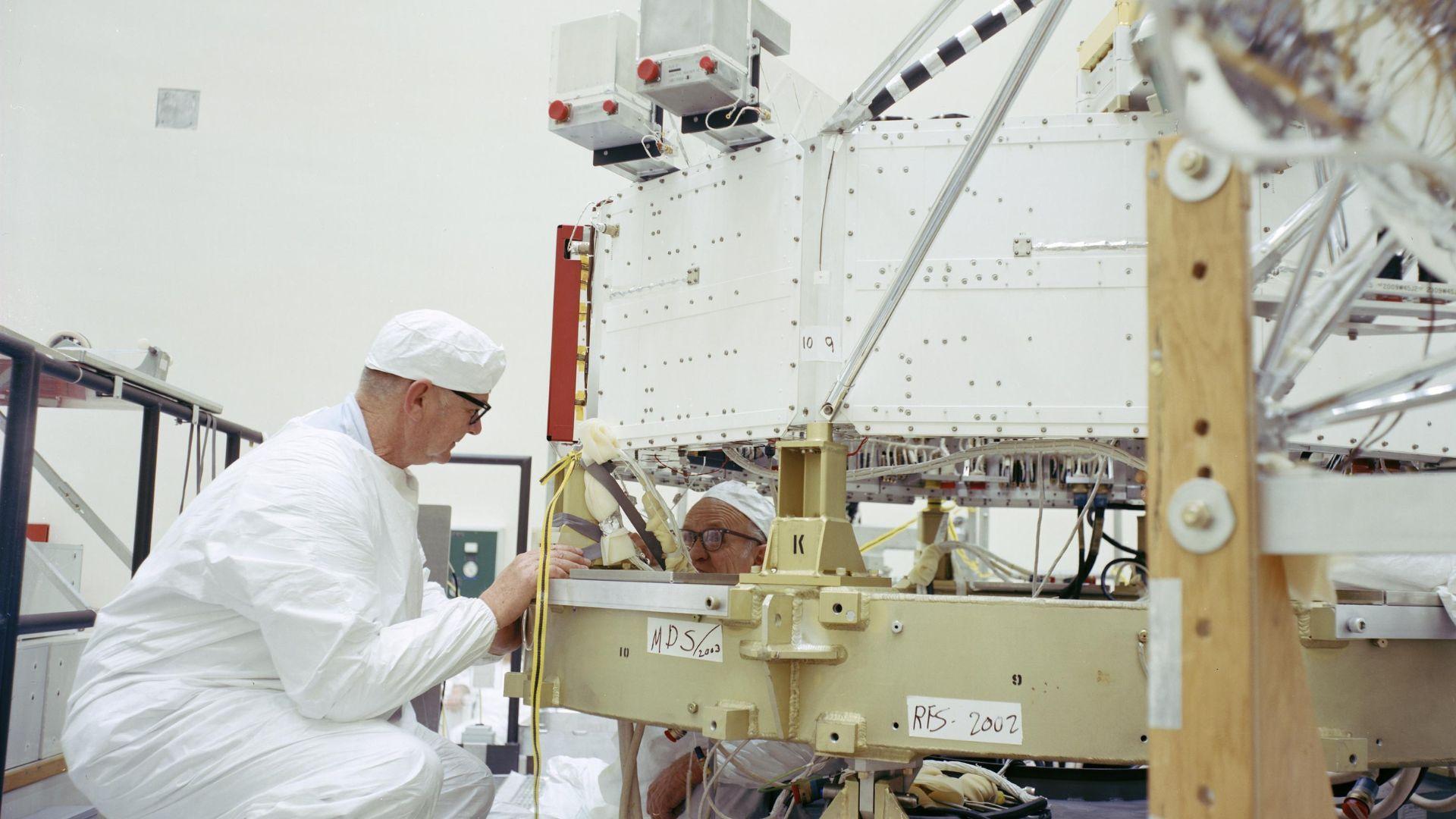
Despite its current challenges, Voyager 1 has contributed immensely to our understanding of the outer planets and interstellar space.
It has provided humanity with a new perspective on our place in the universe, encapsulated in the iconic “Pale Blue Dot” image. The mission has been a source of inspiration and scientific knowledge for over four decades.
Voyager’s Diminishing Power Supply
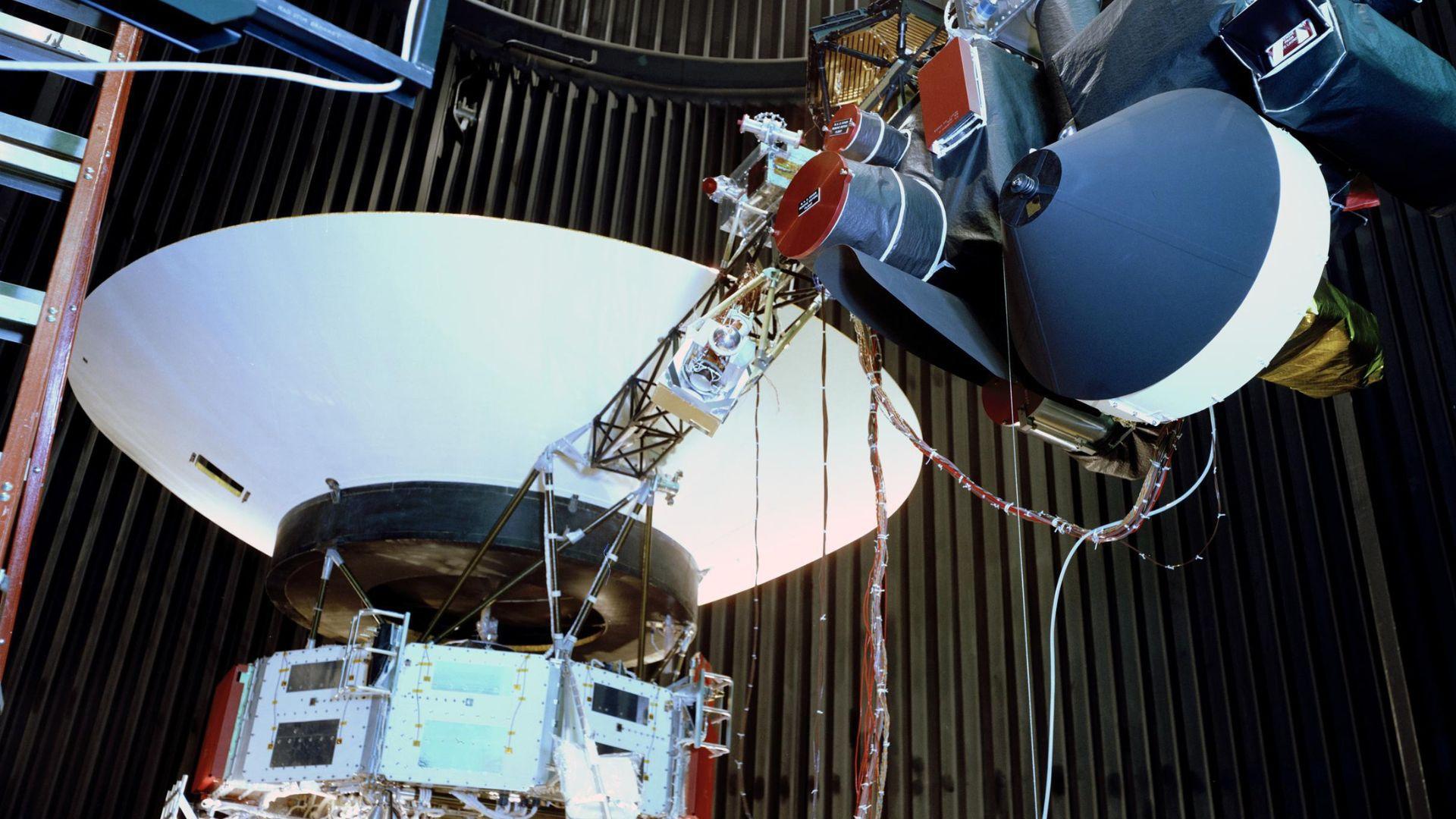
The power system of Voyager 1 is gradually depleting. NASA has taken measures to conserve energy, such as turning off non-essential systems, to prolong the mission’s life.
Krimigis expressed a hopeful sentiment regarding the mission’s duration, aiming for a 50-year operational lifespan.
The Status of Voyager 2
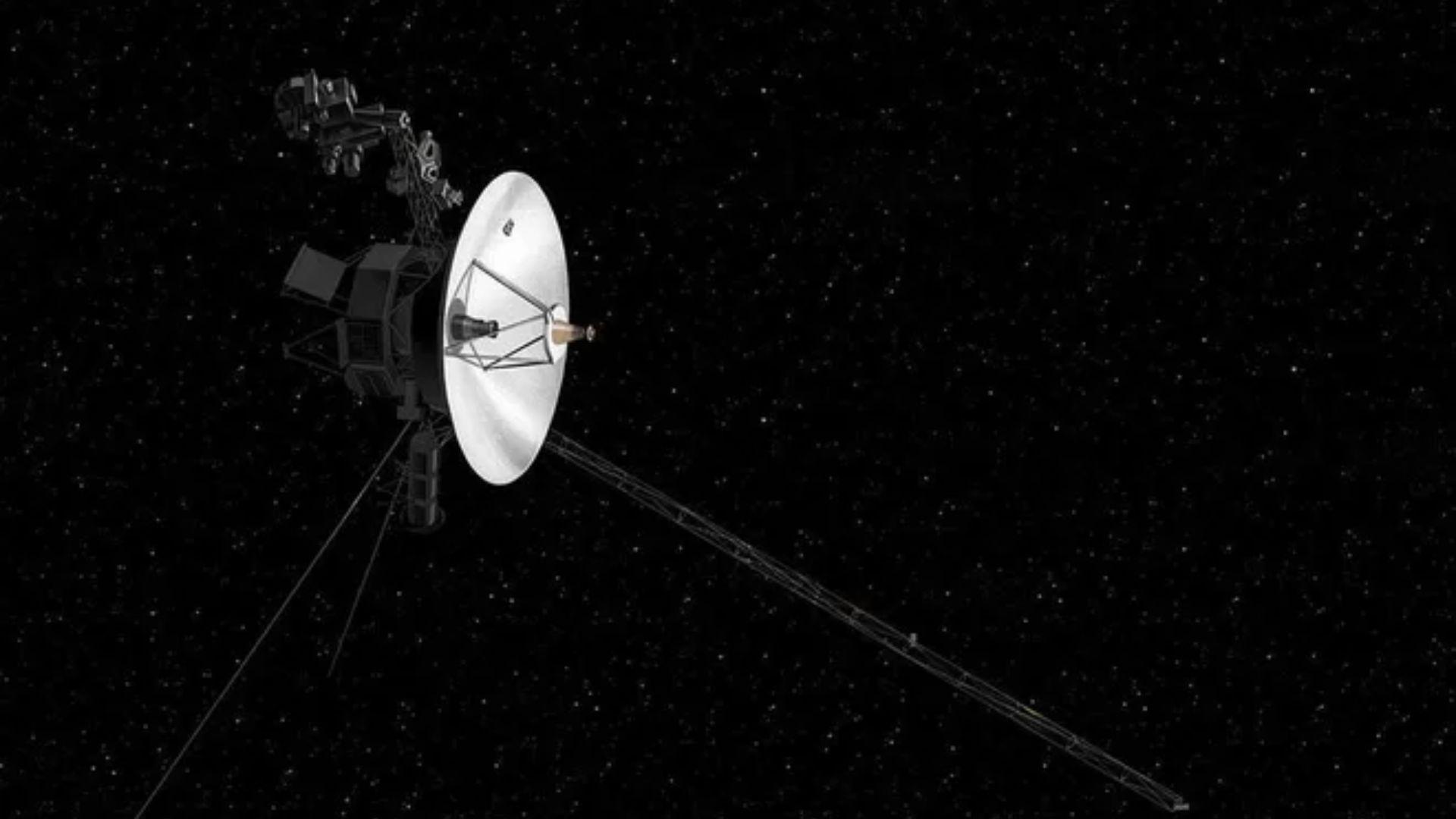
While Voyager 1 faces communication issues, its twin, Voyager 2, continues to operate relatively smoothly.
This parallel journey offers a unique opportunity to compare the two spacecraft’s performances and troubleshoot Voyager 1’s anomalies with insights gained from its sibling’s ongoing mission.
Voyager 1’s Pioneering Journey Beyond the Heliosphere
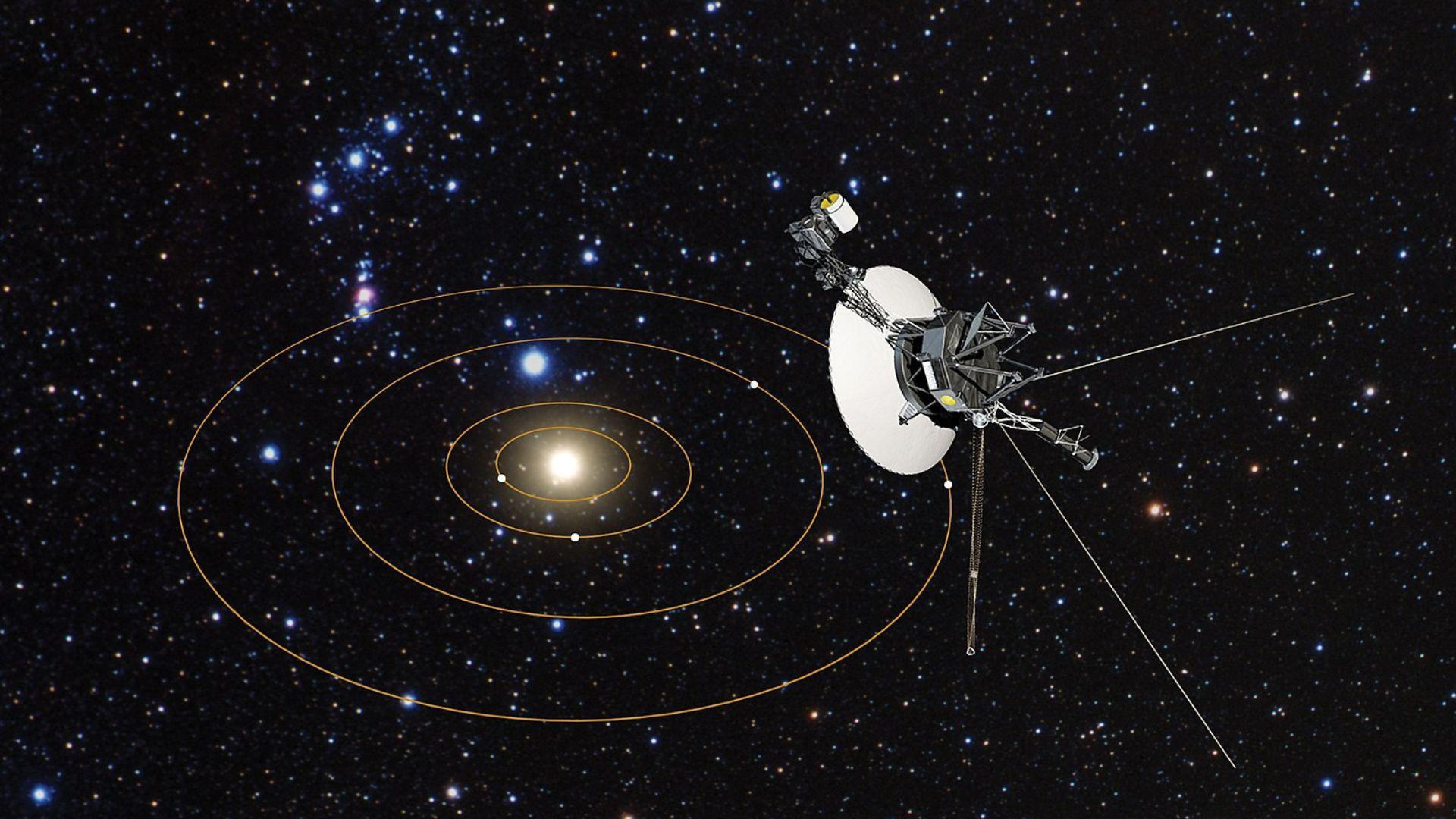
In 2012, Voyager 1 achieved a monumental milestone by becoming the first human-made object to cross the boundary of the heliosphere, the vast bubble-like region of space that is dominated by the sun and its solar wind.
This event marked Voyager 1’s entry into interstellar space, where it began to traverse the space between stars, a realm not directly influenced by our sun. While there is some scientific debate regarding whether Voyager 1 has truly left the solar system, its transition into interstellar space is a significant achievement in space exploration.
The Future of Space Exploration
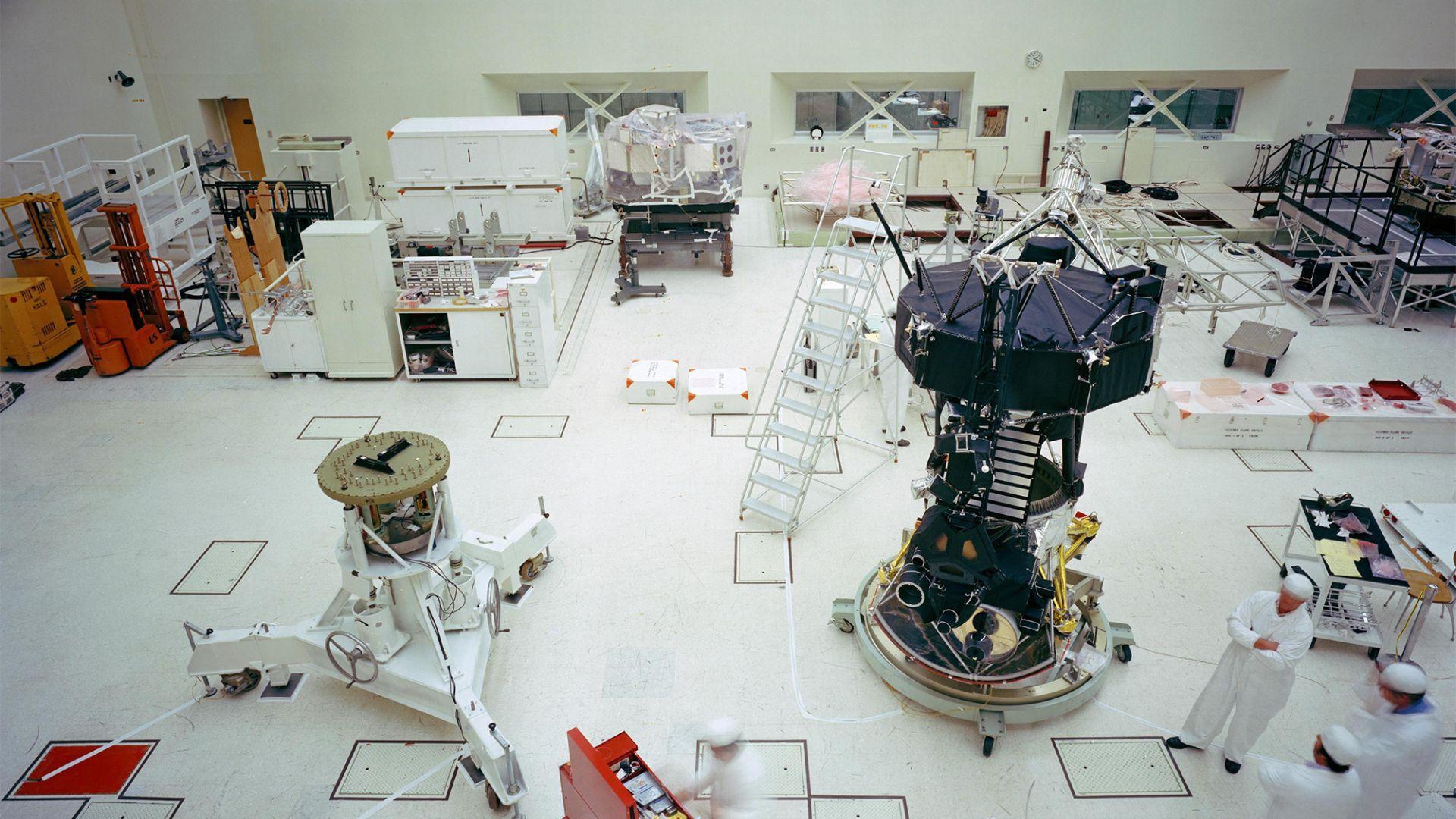
Even as Voyager 1 encounters difficulties, plans for future space exploration continue to evolve.
Scientists are considering a new mission that could go even further into interstellar space, building on the legacy and lessons learned from the Voyager missions.
Voyager’s Eternal Voyage with Humanity’s Message
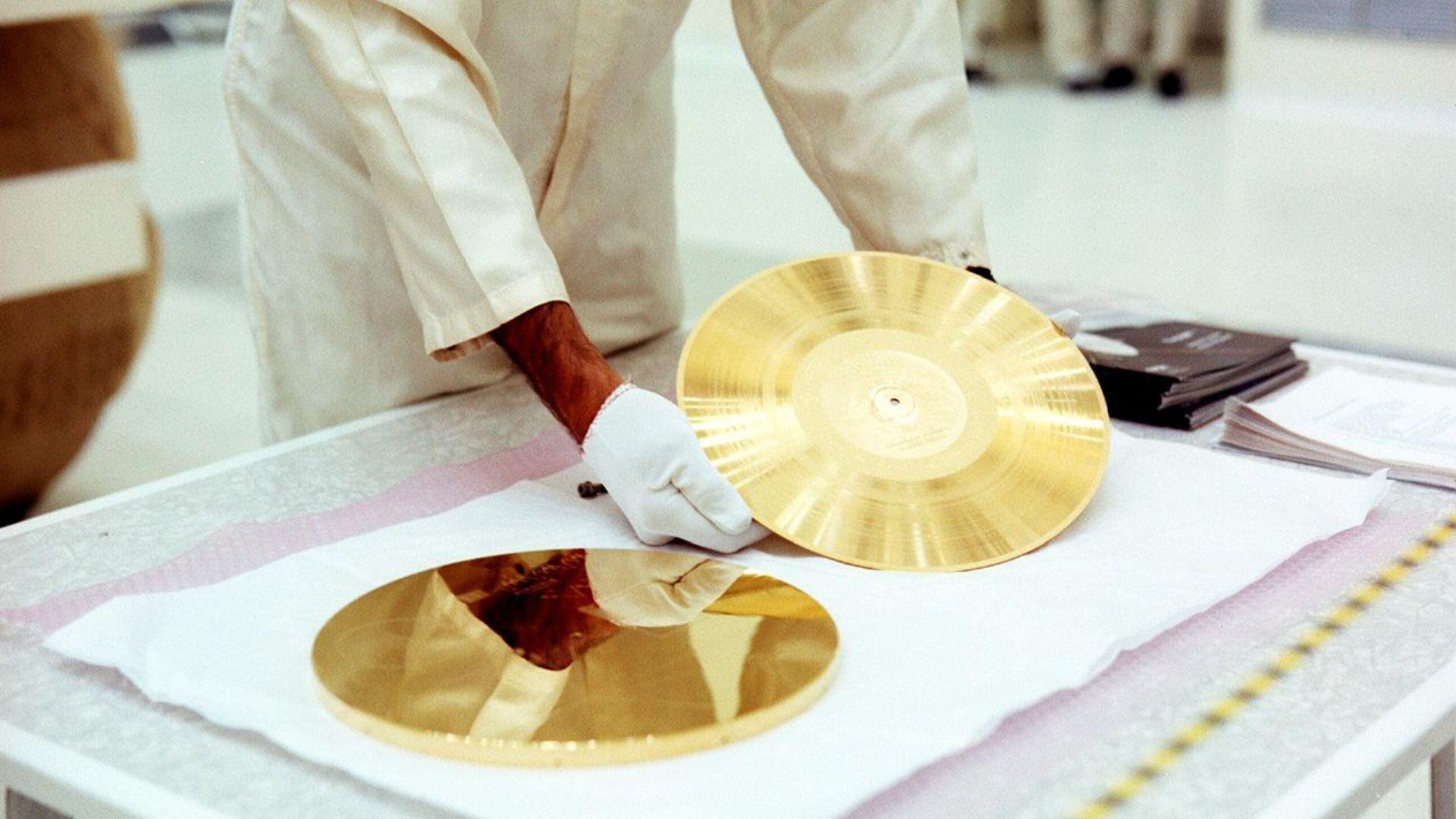
As Voyager 1 and its sibling Voyager 2 continue their journey into the depths of space, they each carry a golden record that encapsulates the essence of Earth through greetings in various languages and an array of earthly sounds.
Linda Spilker from NASA’s Jet Propulsion Laboratory reflects on this, saying, “The science mission will end. But a part of Voyager and a part of us will continue on in the space between the stars.” These records, she notes, “may even outlast humanity as we know it.”
